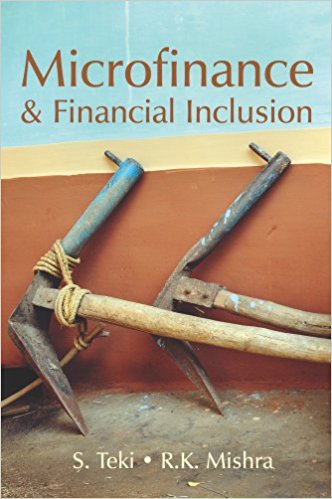Oargue that banking cannot be done with the poor because they do not have collateral is the same as arguing that men cannot fly because they do not have wings.* – – Muhammad Yunus
In a credit-starved developing economy, financial intermediaries actually bridge the gap between supply and demand and thereby boost economic activity, productivity and growth. The history of intervention in financial services targeted at the poor started with the active participation of the state. A wave of initiatives through state-partnered and state-promoted cooperatives followed. This was followed by the nationalization of banks and establishing regional rural banks. On the policy side, there were targets for the flow of financial services to certain sections of the economy. In 1991 this policy of social and development banking was reversed after the Narsimhan Committee Report suggested ‘phasing out the directed credit programmes, deregulating interest rates, and revoking the branch licensing policy’ (Narsimhan, 1991).

